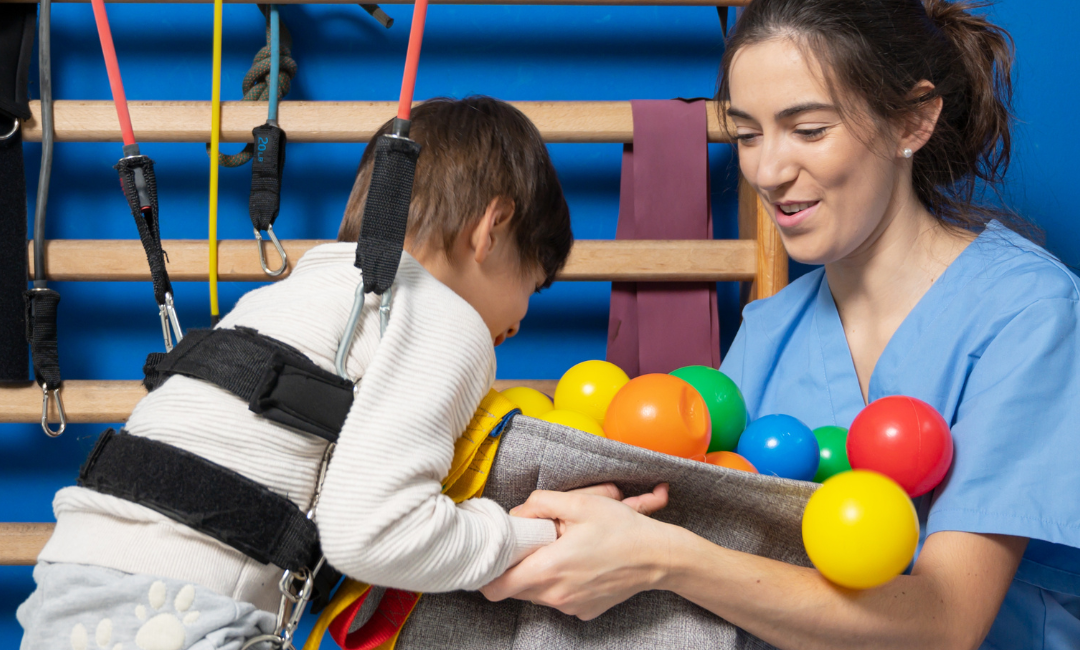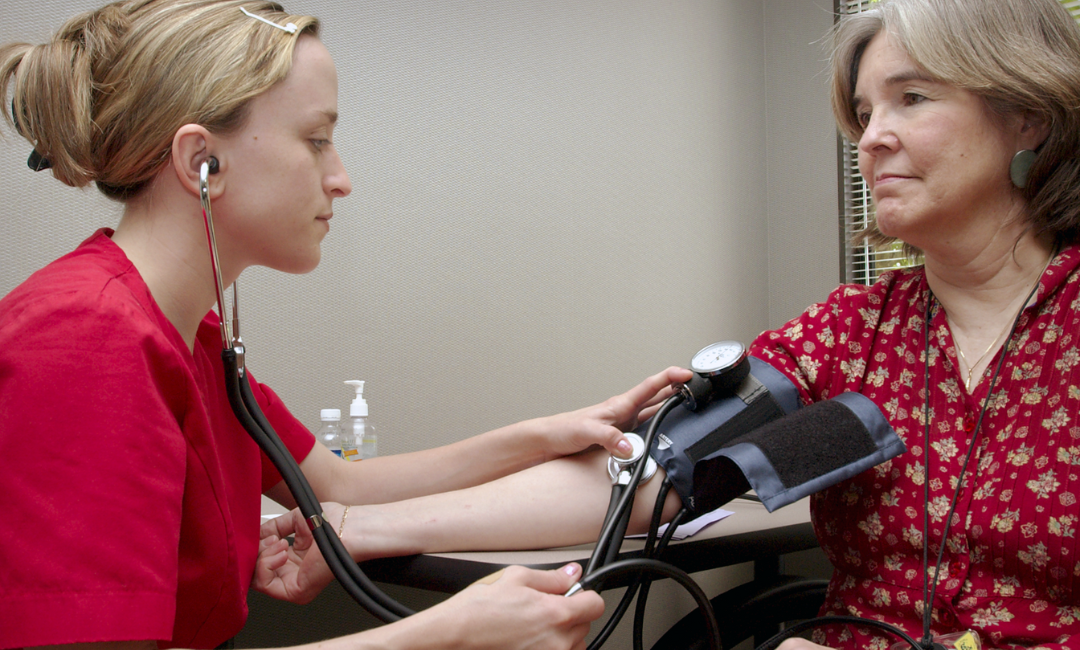Addressing Child and Teen Suicide
So, what can we, as nurses and other healthcare professionals do?
Well, there is no easy solution. However, we can help by being more diligent.
In my experience, ER nurses feel uncomfortable asking young children about suicide. But the statistics don’t lie; even young ones are capable of taking their own lives.
So, we must talk to them about self-harm and suicidal ideation. We must realize, too, that talking about depression, self-harm, and suicide will not put such thoughts in their heads if they aren’t there to begin with. It’s not going to promote that behavior.
If in doubt, always ask.
Child and Teen Suicide Screenings
First, we must better utilize the screening tools we do have. Using adult self- harm and suicide risk assessments are not ideal, but it is better than nothing.
Hopefully, in your practice with working with children, you’ve gained skills, so you can adapt it to the child.
Advocate for Change
Next, we need to advocate for pediatric self-harm and suicidal ideation tools. Kids don’t think the same way adults do, so they may be having thoughts of suicide, but may not have the understanding to convey their feelings in an adult way.
I don’t shy away from talking to kids about suicide, but depending on the age, some children don’t understand. I’ve had to adapt, but it would be much easier with a pediatric specific tool. So advocating for pediatric tools is highly important.
I recommend start by having a conversation with your charge nurses, if you work in a department with children. Then, go up the chain and talk to your Nursing Manager or Nursing Director. Perhaps show them this article.
Small changes, such as ensuring that children 5-12 are being screened using a pediatric model, and then that 13–18-year-olds are also being screened, using an adult scale such as the Columbia Suicide Risk Assessment Scale.
This can be easy to enforce. There are always ways to make certain questions mandatory. We must find the right person to get it done.








